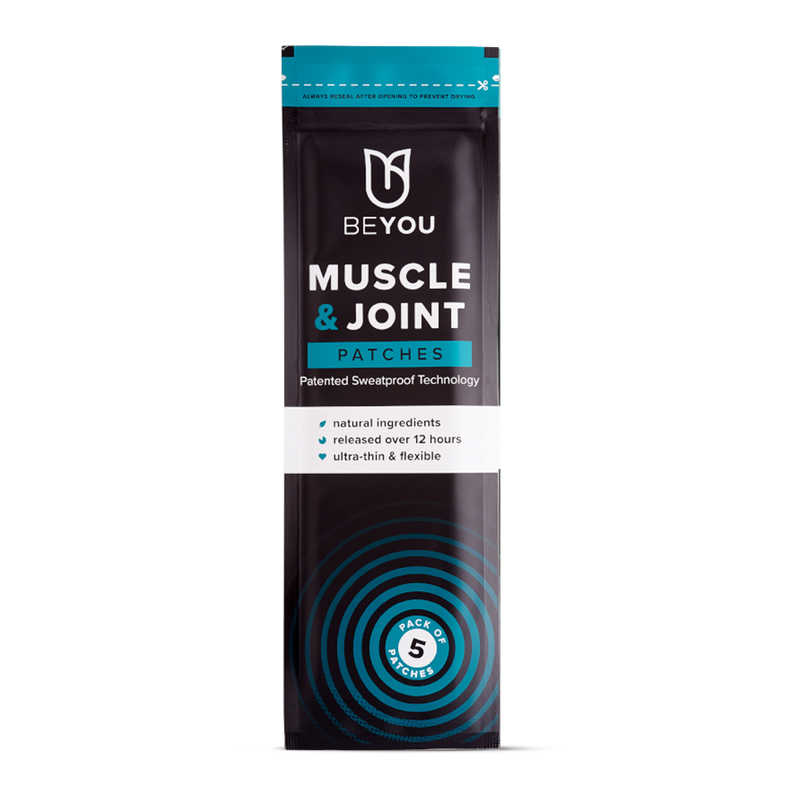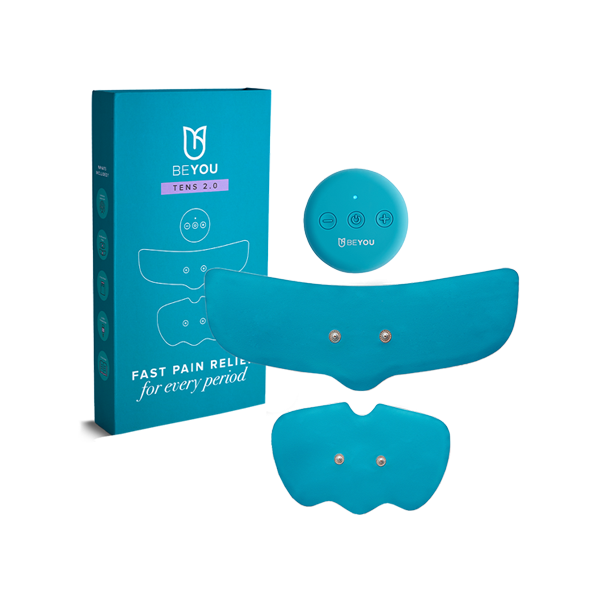How to check your boobs: The BeYou Guide
October marks Breast Cancer Awareness month and yet those blessed with breasts still don’t know how to check them?! Checking your boobs regularly is a key step in catching any signs of breast cancer early.
With an early diagnosis from medical professionals, treatment for cancer can start earlier and can be managed more effectively. If you have no clue how to give your bosom buddies a once over, then this lil’ guide should help you along the way.
Common Symptoms
It must be said that all boobs come in a glorious of shapes, sizes and colours and it isn’t uncommon for your boobs to be slightly different from the other. They’re sisters not twins after all. However, you know your body better than anyone else. If you notice any sudden or dramatic changed to your breasts in a short period of time, that’s when it is worth seeing a GP.
Common signs of breast cancer can include the following:
-
a lump or swelling in the breast, upper chest or armpit
-
a change to the texture of your skin, such as puckering or dimpling
-
a change in the colour of your breast, i.e redness or inflammation
-
a change to the nipple, for example, it has become pulled in (inverted)
-
rash or crusty substance around the nipple
-
discharge from either nipple
-
changes in size or shape of the breast



